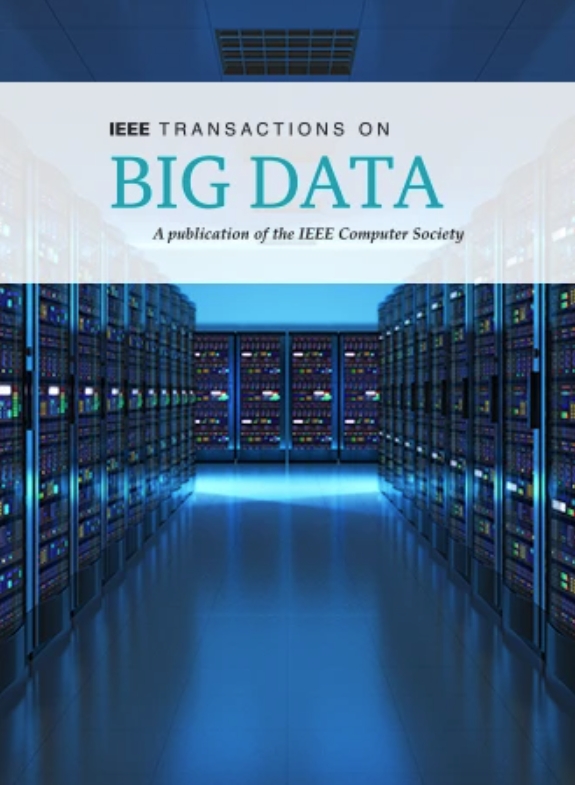Mix2SFL: Two-Way Mixup for Scalable, Accurate, and Communication-Efficient Split Federated Learning
IF 7.5
3区 计算机科学
Q1 COMPUTER SCIENCE, INFORMATION SYSTEMS
引用次数: 0
Abstract
In recent years, split learning (SL) has emerged as a promising distributed learning framework that can utilize Big Data in parallel without privacy leakage while reducing client-side computing resources. In the initial implementation of SL, however, the server serves multiple clients sequentially incurring high latency. Parallel implementation of SL can alleviate this latency problem, but existing Parallel SL algorithms compromise scalability due to its fundamental structural problem. To this end, our previous works have proposed two scalable Parallel SL algorithms, dubbed SGLR and LocFedMix-SL, by solving the aforementioned fundamental problem of the Parallel SL structure. In this article, we propose a novel Parallel SL framework, coined Mix2SFL, that can ameliorate both accuracy and communication-efficiency while still ensuring scalability. Mix2SFL first supplies more samples to the server through a manifold mixup between the smashed data uploaded to the server as in SmashMix of LocFedMix-SL, and then averages the split-layer gradient as in GradMix of SGLR, followed by local model aggregation as in SFL. Numerical evaluation corroborates that Mix2SFL achieves improved performance in both accuracy and latency compared to the state-of-the-art SL algorithm with scalability guarantees. Moreover, its convergence speed as well as privacy guarantee are validated through the experimental results.Mix2SFL:可扩展、准确、通信效率高的双向混合拆分联合学习
近年来,分离式学习(SL)已成为一种前景广阔的分布式学习框架,它可以并行利用大数据而不会泄露隐私,同时还能减少客户端的计算资源。然而,在 SL 的初始实施中,服务器会依次为多个客户端提供服务,从而产生较高的延迟。并行 SL 实现可以缓解这一延迟问题,但现有的并行 SL 算法由于其基本结构问题而影响了可扩展性。为此,我们之前的工作通过解决上述并行 SL 结构的基本问题,提出了两种可扩展的并行 SL 算法,分别称为 SGLR 和 LocFedMix-SL。在本文中,我们提出了一种新颖的并行 SL 框架(Mix2SFL),它既能提高精度和通信效率,又能确保可扩展性。Mix2SFL 首先像 LocFedMix-SL 的 SmashMix 一样,通过上传到服务器的粉碎数据之间的流形混合向服务器提供更多样本,然后像 SGLR 的 GradMix 一样对分割层梯度进行平均,最后像 SFL 一样进行局部模型聚合。数值评估证实,与最先进的可扩展 SL 算法相比,Mix2SFL 在精度和延迟方面都取得了更高的性能。此外,其收敛速度和隐私保证也通过实验结果得到了验证。
本文章由计算机程序翻译,如有差异,请以英文原文为准。
求助全文
约1分钟内获得全文
求助全文
来源期刊

IEEE Transactions on Big Data
Multiple-
CiteScore
11.80
自引率
2.80%
发文量
114
期刊介绍:
The IEEE Transactions on Big Data publishes peer-reviewed articles focusing on big data. These articles present innovative research ideas and application results across disciplines, including novel theories, algorithms, and applications. Research areas cover a wide range, such as big data analytics, visualization, curation, management, semantics, infrastructure, standards, performance analysis, intelligence extraction, scientific discovery, security, privacy, and legal issues specific to big data. The journal also prioritizes applications of big data in fields generating massive datasets.
 求助内容:
求助内容: 应助结果提醒方式:
应助结果提醒方式:


